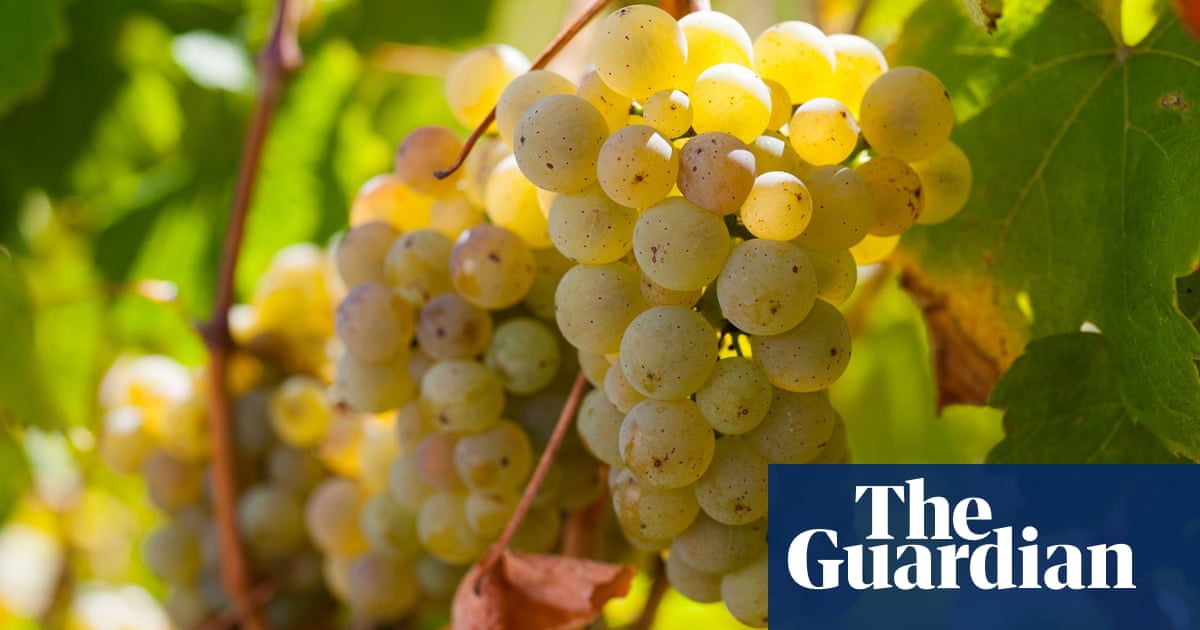
The other day, I was chatting to a couple who import food products from Lebanon and they remarked that a lot of people found their pomegranate molasses too tart. But in fact, theirs is a more authentic product than many we get in the UK, made for Lebanese tastes rather than British ones, and designed to give dishes, especially meat-based ones, a lift. I liked it a lot, but it underlined how much people’s palates vary. I generally like drinks that are high in acidity, say, but if you’ve got a sweeter tooth, you may not. And there’s nothing wrong with that. You’d never condemn anyone for liking cake more than cheese, after all.
That Lebanese example also suggests that it may also be a question of where you come from and what you’re used to. Italian wines, for instance, are not notably fruity and, in the case of reds such as the chianti and the albarossa in today’s pick, quite high in acidity, which works especially well with Italian food.
It also depends what you’re eating. If an ingredient is salty or pickled, for instance, it’s going to accentuate the sweetness in a wine, maybe to an extent that’s not comfortable for you, which is why really dry wines such as muscadet, picpoul de pinet, chablis and albariño work so well with saline shellfish such as oysters and clams.
If you’re sensitive to sharpness, meanwhile, you can still enjoy wines that are characteristically tart, just so long as you go for a more rounded, fruitier one: New Zealand sauvignon blanc, with its lush, passion fruit character, for example, rather than a sancerre, while Provençal rosé is actually quite dry and crisp, but has a creaminess and delicate fruitiness that offset that; oak ageing will also mellow and round out a wine, while sweetness, as is common in riesling, will counterbalance it.
On the other hand, if you relish the taste of sharpness and sourness, look for descriptors such as “crisp” and “refreshing”, which Tesco’s product development manager Graham Nash told me they (understandably) prefer to the a-word. You’ll also find it more present in younger wines, unoaked wines and wines with lower levels of alcohol such as Waitrose’s Loved & Found Sauvignon Gris 2021 (£7.99, 12%), a light, citrussy variant of sauvignon that tastes like a squeeze of fresh lemon juice.
Bear in mind that all wines, especially whites and rosés, need some acidity for balance, otherwise they’d just taste flat and flabby. And if that doesn’t occur naturally, acid is sometimes added during the winemaking process (there’s a good, simple explanation on the Wine Folly website, incidentally).
Five wines that should appeal if you like sharp flavours
Vin de France Résilience Chenin Blanc Alexandre Cady 2020 £9.95 The Wine Society, 12.5%. Chenin blanc can be quite rich, but this beautifully crisp, pure example would be great with shellfish. (Good backstory, too – check the Wine Society website.)
Petit Chablis 2021 £14 Marks & Spencer and Ocado, 12%. Not quite the bargain it once was, but an absolutely classic chablis to quaff with seafood.
Waitrose Loved & Found Albarossa 2020 £7.99, 13%. A light, delicate, refreshing red that would be great with antipasti. Like a slightly rustic, and much cheaper, barolo. The Loved & Found Sauvignon Gris (£7.99, 12%) also hits that sharp spot.
Campriano Chianti Colli Senesi 2019 £13.25 (or £11.65 by the case) Haynes Hanson & Clark, 13%. Textbook chianti: pure, delicate but intense. As good with ragu as with a roast.
Castel Faglia Franciacorta Brut £15.50 Tesco, 12.5%. A low dosage (sugar addition) in sparkling wine can increase the sensation of sharpness and freshness, and this elegant, crisp, dry Italian sparkling wine is a good price for Franciacorta.












